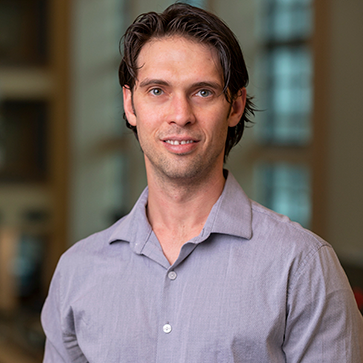Goldfeld receives NSF CAREER Award
Ziv Goldfeld, assistant professor of electrical and computer engineering, recently received a U.S. National Science Foundation Early Career Development (NSF CAREER) Award from the Division of... Read more about Goldfeld receives NSF CAREER Award


